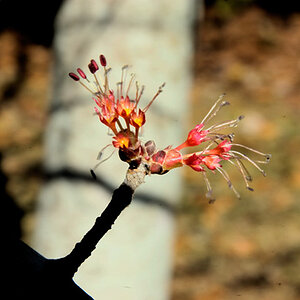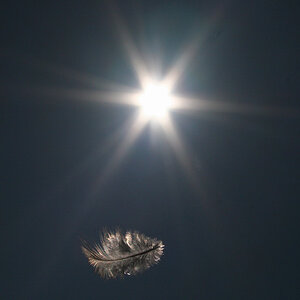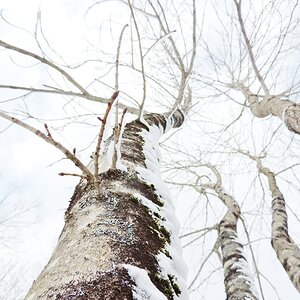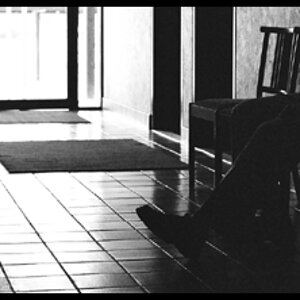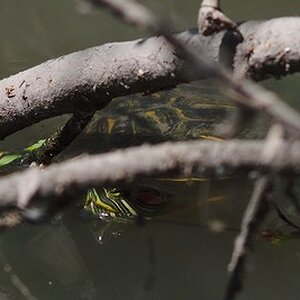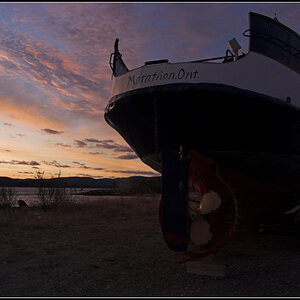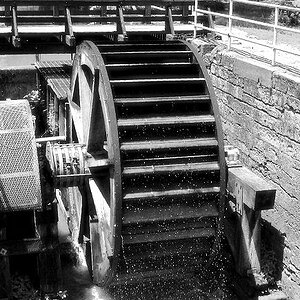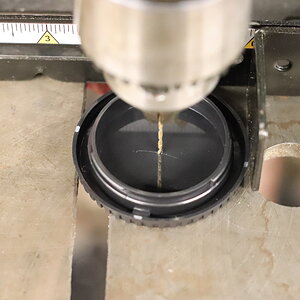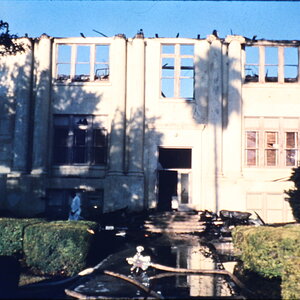sami.aziz
TPF Noob!
- Joined
- Sep 17, 2009
- Messages
- 12
- Reaction score
- 0
- Location
- The city of brotherly love
- Can others edit my Photos
- Photos OK to edit
Now that fall has come around, I frequently see amazing sunsets. There is such a broad range of reds, yellows, and oranges, that it leaves me staring for a couple minutes. But alas, the sun inevitably goes down, and I can no longer see the pretty colors. Now, I've tried a couple times to capture these sunsets with my Canon PowerShot SD870 (point and shoot), without an incredible amount of success. If I try to get all the colors of the sky, the foreground becomes washed out, and vice versa. Additionally, most of the pictures come out pretty boring, as in plain, unoriginal. So, I am asking for some advice on taking descent sunset pictures with my point and shoot, whether it's composing or avoiding the washed-out effect. Any help is appreciated, thanks for your time.


